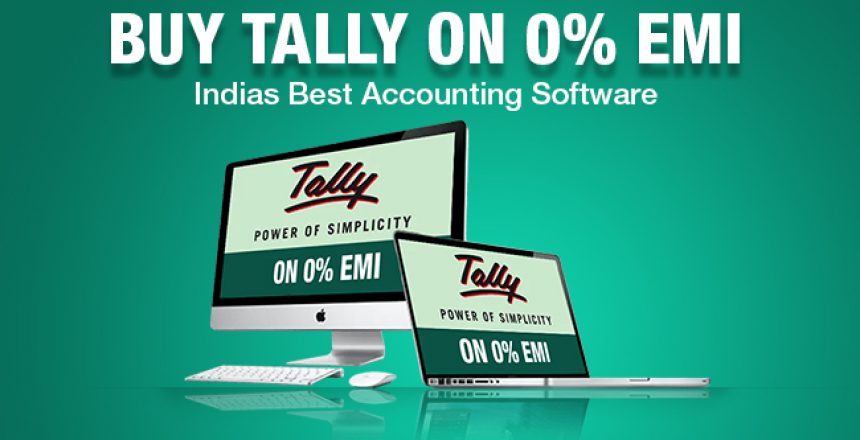ERP selection is a critical decision for any company for which a Step-by-Step guide to select the right ERP solution is required. The company must have clear selection criteria to make the right decision and choose the ERP to meet business needs. Selection criteria should include the following:
The type of industry,
The size of the company,
Specifics on what they want their ERP system to do,
What they are looking for in an ERP system,
And whether or not they want their ERP system hosted by someone else
ESSENTIAL STEPS IN SELECTING THE RIGHT ERP SYSTEM FOR MANUFACTURERS
Step 1: Identify Your Needs with The Modern Enterprise in Mind.
The first step in selecting an ERP is assessing your business needs which will help you identify the software you need and how it will fit into your business processes and aids in determining what information you want to store in the system. It can help narrow down the best approach for your business, considering its size, complexity, and industry type.
The benefits of such software include:
- Managing all company information and operations.
- Designating specific tasks for each employee.
- Reporting on company profits and losses.
- Keeping up with industry trends.
- Increasing employee productivity.
Step 2: Make a list of your company’s requirements.
- It’s time to codify everything into a business requirements document once you’ve completed your investigation and gathered the necessary data from various business divisions.
- Survey Your Company needs an assessment survey and results report as it gives you a clear picture.
Step 3: Define your goals and ERP requirements
- Gather materials to define your business, such as high-level data maps and product specifications, the number of its activities and transactions, its business processes, its unique requirements, and the aspects of its present system that you like and dislike.
- The specifics of your business, including high-level or distinctive process flows, can be categorized as:
- What works well for you with your existing system
- What you would like it to do but it doesn’t
- How else would you like the new approach to function? (Ranked by importance)
- Focus on things unique to your firm and requirements that will give it a competitive edge.
Step 4 – Evaluate Vendors’ Financial Strength and Stability
- See the average score for similar companies. An evaluation of financial strength and stability will depend upon the type of company.
- For example, a cosmetics company would be less risky than a construction company. Smaller companies with fewer assets will be more likely to experience financial issues than larger companies with more significant assets to draw from in case of a downturn. A common strategy for evaluating risk is to use industry experts as a benchmark for assessment.
- Vendor “X” has most of the required functionalities, with a few limitations. Vendor “Y” has some functionality that could meet our requirements, but it would be expensive to implement in our current software and configuration.
- Vendor “X” is likely the best choice in this selection as they have a strong foundation upon which they can build.
Step 5: ERP demo comparison and thorough assessment.

Choosing the right ERP software plays a significant role in this work process. Here are some criteria that you should consider before selecting the ERP:
- Look for an ERP program focusing on modern manufacturing, which should include the latest technologies such as AI, Machine Learning, Advanced Analytics, and IoT to provide a platform for expansion and agility in the digital economy.
- opt for an industry-specific ERP solution.
- Choose an ERP partner with extensive industry knowledge and the right-sized ERP solution.
- Take into account a cloud-based ERP system.
- Give a list of the features you wish to see in the demos well in advance to maintain control over the demonstrations.
- The engineers and salespeople who demonstrate software are skilled at persuading you to buy their product. No matter how hard they attempt to sell you on the program, keep your attention solely on the functions it provides.
- Find out if the cloud-based ERP system you are considering is a simple, native cloud solution that fully utilizes this delivery paradigm and consider the significant amount of R&D, product development, and innovation invested by each vendor.
Step 6: Contract and final choice
- After a thorough comparison and final review, you may have two or three ERP options to satisfy your business needs and budget.
- Work a fair agreement with your top supplier and treat them like partners in your future success because all parties must work together to ensure a successful deployment.
- The next step is to examine references and finalize the contract with the vendor of your choice, ideally one who offers the best ERP solution for your specific manufacturing industry.
Head over to our website www.amsantechnology.com or just call 91-9900601788 , this is your cue.
We’re waiting to collab with you!





